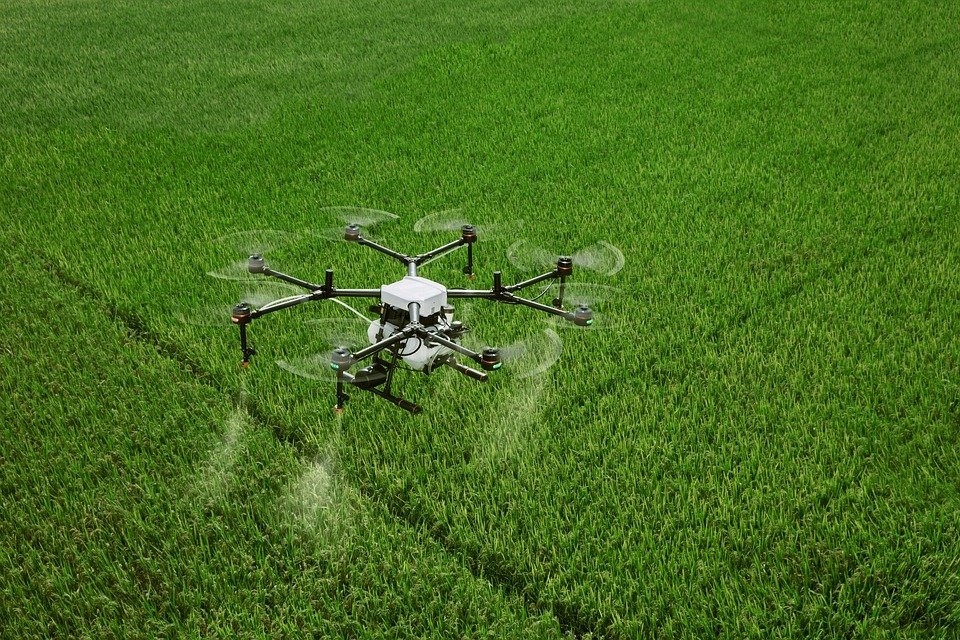
Smart Agriculture
Smart agriculture and smallholder farmers: the government can help!
What is smart agriculture and how governments use it to support the transformation of smallholder farmers?
Smart agriculture, a new type of agricultural technology, refers to the usage of big data analysis, precision devices, Internet of Things (IoT) and other technologies to get the real-time information, and finally elevates the quality and quantity of the crops. Under the threat from climate change, smart agriculture is considered to be the best way to solve the food crisis. However, huge funds and professional staff are needed to develop the process. According to the Food and Agriculture Organization of the United Nations (FAO), food production should be increased by 70% before 2050 to avoid the food shortage crisis. In addition, it is necessary to reduce 1/5 of greenhouse gas emissions from agricultural operations, and reduce water consumption by 30% to achieve the goal of environment sustainability. In other words, future agriculture and food production will face many challenges. Combine the Internet of Things (IoT) and Machine to Machine (M2M) in agriculture can certainly help us solve the threats of climate change and resource shortages. However, the cost of this technology is very expensive, and only large companies can afford it. Therefore, the government, through policy amendments, convenes industry professionals from all walks of life to develop plans to promote the successful transformation of smallholder farmers.
(1).jpg)
How smallholder farmers are using big data to increase yield and quality in smart agriculture?
Big data can be applied to a wide range of agriculture, such as agricultural machinery, farmland planning, livestock management, water resources management, plant factories, etc. For example, agricultural machinery connected with Global Positioning System (GPS) and various sensors (temperature, humidity, wind direction, light) allows farmers to instantly adjust the farming schedule and solve any problem in the first time. In conducting field management, the Decision Support System (DSS) established from big data can provide farmers with information in the future, and then do right preparation in advance for possible weather disasters to reduce the risk of agricultural damage. In addition, big data can also be used as a production traceability system for agricultural products, establishing a product information bridge between producers and consumers.
(1).jpg)
What is the role of "Agricultural Drones" in smart agriculture?
Agricultural drones can be used for crop monitoring, crop spraying, soil and field analysis, and other fields. Through the multi-spectral, thermal and visual image data collected during flight, drones can provide farmers with insights into a series of indicators, such as plant health index, plant count and yield prediction, nitrogen content in wheat, drainage mapping, etc. Therefore, the use of drones has already played a very important role in smart agriculture. Smart agriculture can be integrated with big data to solve future food crises and climate changes. However, the development of smart agriculture requires experts from various fields to communicate and cooperate with each other. Through governments' help, farmers, food suppliers, agricultural machinery, agrochemical experts, and even agribusiness companies, can make a good cooperation, and finally the industry could be upgraded to smart agriculture!
Reference: Science and Technology Agriculture Daily
